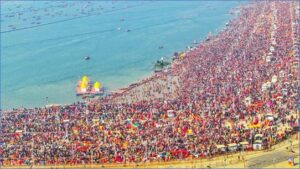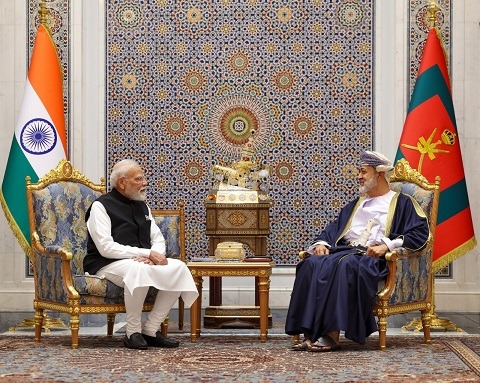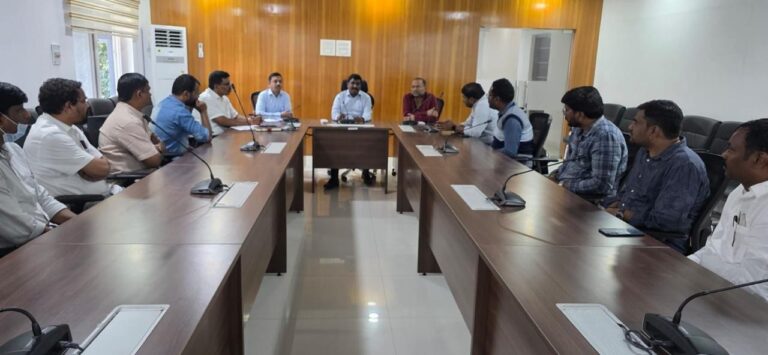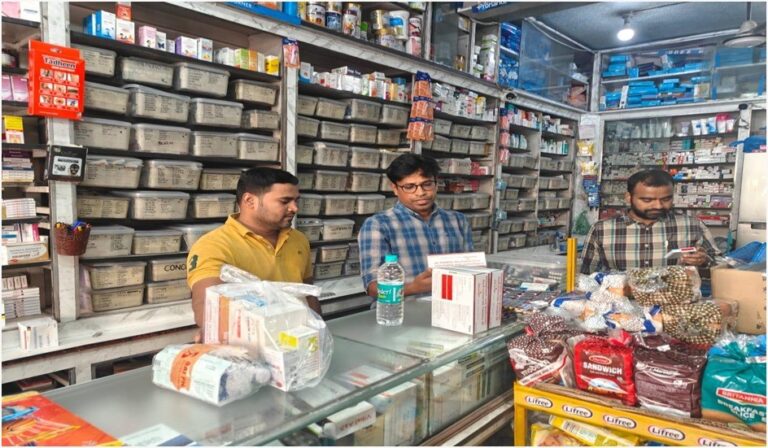
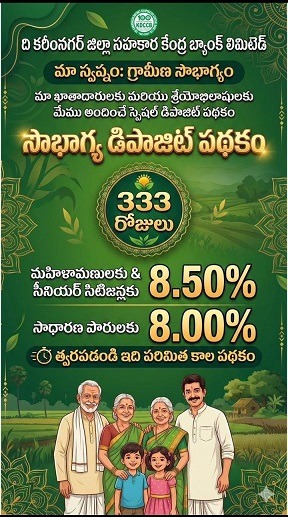
As the sacred waters settle, the echoes of devotion and grandeur leave an everlasting imprint on history
Mahakumbh Mela concludes on February 26, 2025
NEW DELHI, FEBRUARY 26, 2025: In a world marked by the hustle of modernity, few events hold the power to bring millions together in pursuit of something greater than themselves. The Maha Kumbh Mela, currently being held from 13 January 2025 to 26 February 2025, is a sacred pilgrimage that is celebrated four times over the course of 12 years. Kumbh Mela, the world’s largest peaceful gathering, draws millions of pilgrims who bathe in sacred rivers seeking to purify themselves from sins and attain spiritual liberation. The Maha Kumbh Mela is deeply embedded in Hindu mythology and represents one of the most significant gatherings of faith in the world. This sacred event rotates between four locations in India-Haridwar, Ujjain, Nashik, and Prayagraj– each situated by a holy river, from the Ganges to the Shipra, the Godavari, and the confluence of the Ganges, Yamuna, and the mythical Sarasvati in Prayagraj. The expected turnout of 45 crore devotees in 45 days was exceeded within a month, reaching 66 crores+ by the concluding day.
- Triveni Sangam:The sacred confluence of the Ganga, Yamuna, and Saraswati, offering a deeply spiritual experience.
- Ancient Temples:Hanuman Mandir, Alopi Devi Mandir, and Mankameshwar Temple, showcasing the city’s religious heritage.
- Historical Landmarks:Ashoka Pillar, University of Allahabad, and Swaraj Bhawan, reflecting India’s rich history and colonial-era architecture.
- Cultural Vibrance:Bustling streets, markets, local art, and cuisine providing a glimpse into the city’s life.
- Kalagram:Kalagram, set up by the Ministry of Culture in Sector-7 of the Maha Kumbh district, is a vibrant cultural village showcasing India’s rich heritage. Designed around the themes of Craft, Cuisines, and Culture, it offered an immersive experience through performances, exhibitions, and interactive zones.
- Akhara Camps:Spiritual hubs where sadhus and seekers engaged in meditation, discussions, and philosophical exchanges.
- Immersive Digital Experiences: Inspired by Kumbh 2019, ten stalls facilitating the pilgrims with this experience were specially set up at prime locations in the Kumbh Mela to show videos of major events such as Peshwai, auspicious bathing days, Ganga aarti, etc.
- Drone Show:A Grand Drone show was organised by the Uttar Pradesh Tourism Department featuring hundreds of drones creating vibrant shapes in the sky. Devotees were mesmerized by the divine depiction of the Samudra Manthan (churning of the ocean) and Gods drinking from the Amrit Kalash.
- Cultural events at the Ganga Pandal:It saw renowned artists from across the country mesmerize devotees with grand presentations of music, dance, and art from 7th – 10th February. The main highlights of the event included performances by famous artists like Odissi dancer Dona Ganguly on 7th; renowned singer Kavita Krishnamurti and Dr. L. Subramaniam on 8th; Suresh Wadkar and Sonal Mansingh on 9th; and, on 10th, celebrated singer Hariharan. In addition, prominent artists from various Indian classical dance and music traditions made the evening musical and grand.
- International Bird Festival: Held from February 16-18, 2025, showcasing over 200 migratory and local birds, including endangered species.

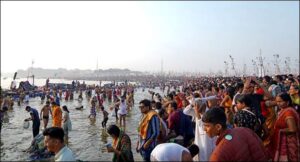
Key Rituals and Practices
- Shahi Snan:The most significant ritual, where millions bathe at Triveni Sangam to cleanse sins and attain Moksha. Special dates like Paush Purnima and Makar Sankranti witness grand processions of saints and Akharas, marking the official start of the Maha Kumbh.
- Ganga Aarti:A visually stunning ritual where priests offer glowing lamps to the sacred river, evoking devotion.
- Kalpavas:A month-long period of spiritual discipline where devotees renounce comforts, engage in meditation, and participate in Vedic rituals like Yajnas and Homas.
- Prayers & Offerings:Dev Pujan honors deities, while rituals like Shraadh (ancestral offerings) and Veeni Daan (offering hair to the Ganges) symbolize surrender and purification. Acts of charity, such as Gau Daan (cow donation) and Vastra Daan (clothing donation), hold great merit.
- Deep Daan:Thousands of lamps are floated on the river, creating a celestial glow that symbolizes devotion and divine blessings.
- Prayagraj Panchkoshi Parikrama:A sacred journey around Prayagraj’s holy sites, reviving an ancient tradition and offering spiritual fulfillment.
- History and Major Bathing Dates
- The originsof the Kumbh Mela are rooted in Hindu mythology. According to the Samudra Manthan (churning of the ocean) story in the ancient Hindu scriptures, the gods (Devas) and demons (Asuras) fought over the Amrit (nectar of immortality). During this celestial battle, drops of the nectar fell at four locations—Prayagraj, Haridwar, Ujjain, and Nashik—where the Kumbh Mela is now held, with the Maha Kumbh occurring once every 144 years at Prayagraj. Historically, the Maha Kumbh Mela has been referenced since ancient times, with records dating back to the Maurya and Gupta periods. It received royal patronage from various dynasties, including the Mughals, and was documented by colonial administrators like James Prinsep. Over centuries, it evolved into a global spiritual and cultural phenomenon. Recognized by UNESCO as an intangible cultural heritage, the Kumbh Mela symbolizes India’s enduring traditions, fostering unity, spirituality, and cultural exchange among millions worldwide.
- The timing of each Kumbh Mela is determined by the astrological positions of the Sun, Moon, and Jupiter, believed to signal an auspicious period for spiritual cleansing and self-enlightenment. The festival embodies a confluence of faith, culture, and tradition, attracting ascetics, seekers, and devotees alike. The event’s grandeur is marked by Shahi Snans (bathing rituals), spiritual discourses, and vibrant cultural processions that reflect India’s deep spiritual heritage.
